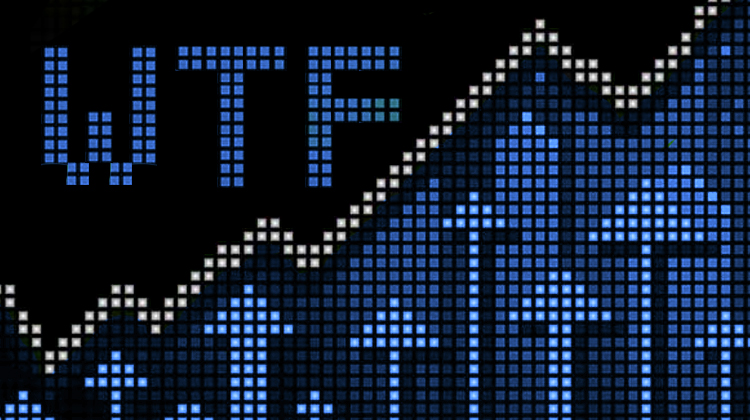Member Exclusive, WTF
WTF is an NFT?
- NFTs have taken the world by storm, with memes and art pieces selling for millions of dollars.
- The digital assets have been lauded for letting artists reclaim power and mocked for their seemingly ridiculous nature. Here’s an inside look into the world of NFTs.








